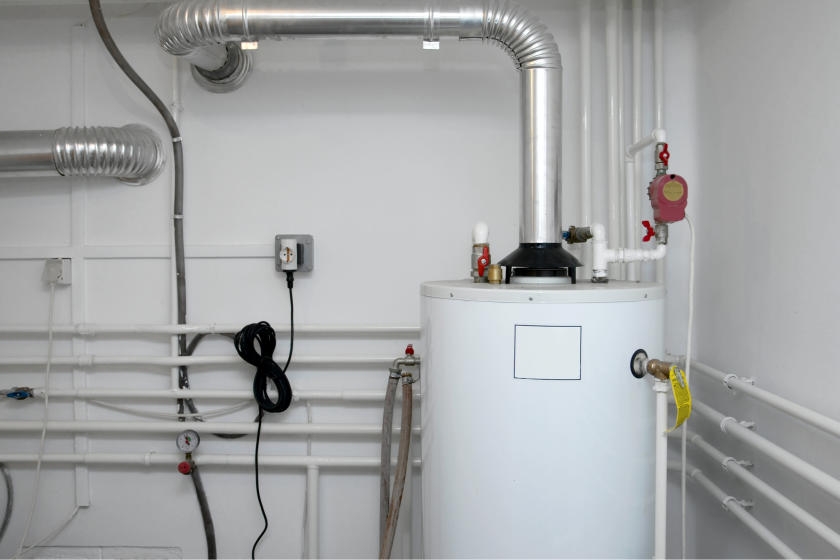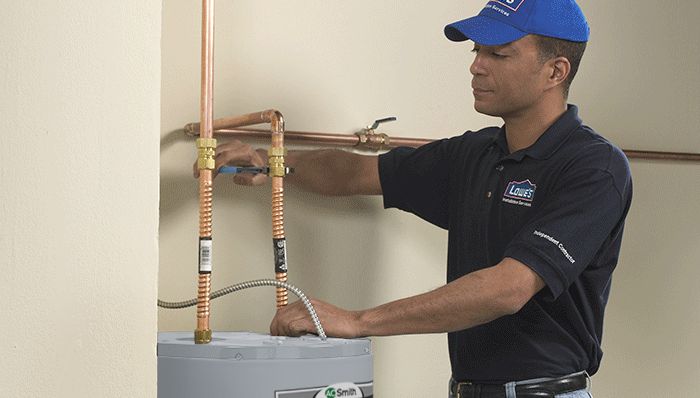Simple Ways to Care for Your Home's Hot Water System ProperlyMaking Sure Durability of Your Home's Hot Water System: Care TipsMaking Sure Longevity of Your Home's Hot Water System: Care Tips
Simple Ways to Care for Your Home's Hot Water System ProperlyMaking Sure Durability of Your Home's Hot Water System: Care TipsMaking Sure Longevity of Your Home's Hot Water System: Care Tips
Blog Article
What are your beliefs about How to Maintain a Hot Water Heater in a Few Simple Steps?

Warm water is necessary for day-to-day convenience, whether it's for a revitalizing shower or washing recipes. To ensure your hot water system runs successfully and lasts much longer, routine maintenance is crucial. This short article offers useful pointers and insights on how to maintain your home's warm water system to stay clear of interruptions and costly fixings.
Intro
Maintaining your home's hot water system may appear overwhelming, but with a couple of easy actions, you can ensure it runs smoothly for many years to come. This overview covers whatever from comprehending your hot water system to DIY maintenance ideas and knowing when to call expert help.
Value of Preserving Your Hot Water System
Regular maintenance not just expands the life-span of your warm water system but also guarantees it operates successfully. Ignoring upkeep can result in decreased effectiveness, higher power costs, and even early failing of the system.
Indicators Your Hot Water System Requirements Upkeep
Knowing when your hot water system requires attention can prevent significant issues. Look out for indicators such as inconsistent water temperature level, unusual sounds from the heater, or corroded water.
Understanding Your Warm Water System
Before diving right into upkeep jobs, it's useful to recognize the standard parts of your warm water system. Usually, this consists of the hot water heater itself, pipes, anode rods, and temperature controls.
Month-to-month Maintenance Tasks
Routine regular monthly checks can help capture minor issues before they rise.
Purging the Water Heater
Purging your hot water heater eliminates sediment buildup, enhancing efficiency and extending its life.
Monitoring and Changing Anode Rods
Anode poles prevent corrosion inside the storage tank. Evaluating and replacing them when worn is important.
Inspecting and Changing Temperature Settings
Changing the temperature level settings guarantees optimum performance and safety and security.
DIY Tips for Maintenance
You can execute numerous upkeep jobs yourself to maintain your warm water system in top condition.
Checking for Leakages
Routinely inspect pipes and links for leakages, as these can lead to water damage and higher bills.
Checking Pressure Relief Valves
Checking the stress safety valve ensures it works appropriately and protects against extreme stress build-up.
Shielding Pipelines
Insulating warm water pipes reduces warm loss and can save power.
When to Call a Specialist
While do it yourself maintenance is useful, some problems need specialist proficiency.
Facility Concerns Requiring Specialist Help
Instances consist of major leakages, electric issues, or if your hot water heater is consistently underperforming.
Routine Specialist Maintenance Conveniences
Expert upkeep can include thorough assessments, tune-ups, and guaranteeing conformity with security criteria.
Final thought
Regular maintenance of your home's warm water system is important for effectiveness, long life, and cost savings. By complying with these tips and understanding when to seek professional aid, you can make sure a dependable supply of warm water without unexpected interruptions.
Water Heater Maintenance: The Basics
Maintaining your water heater will ensure it operates efficiently and has a longer lifespan. Neglecting regular maintenance can lead to costly repairs and an even bigger chunk of your savings if you have to replace it sooner than necessary. But there’s good news: Most water heater maintenance tasks are relatively simple and easy for homeowners with basic DIY skills.
Flush the Water Heater
Over time, sediment and minerals can build up in the tank, reducing its efficiency and potentially causing damage. To flush the tank, turn off the power or gas supply, attach a hose to the drain valve near the bottom and open the valve to drain the water until it runs clear. Ideally, flush the tank annually.
Replace the Anode Rod
The anode rod is a sacrificial metal rod that helps prevent corrosion inside the tank. Inspect and replace it every three to five years or per the manufacturer's recommendation. To replace the anode rod, turn off the power or gas supply, drain a few gallons of water from the tank, unscrew the old rod and replace it with a new one. If the anode rod is significantly corroded or covered in calcium buildup, it's a sign the water heater may need to be replaced soon.
Tune-Up
A yearly tune-up can help identify potential issues and ensure your water heater operates at peak efficiency. This typically involves checking the thermostat, burner assembly (for gas heaters) and any other components specified by the manufacturer. During a tune-up, the technician may also clean the burner and adjust the pilot light (for gas heaters) or examine the heating elements (for electric heaters).
How to Maintain Your Water Heater
Insulate the tank. Insulating the tank can improve energy efficiency and reduce heat loss, saving you money on energy bills. You can purchase precut insulation blankets designed specifically for water heaters or use standard fiberglass insulation wrapped securely around the tank. Check the temperature. The recommended water temperature for most households is around 120 degrees Fahrenheit (49 degrees Celsius). Higher temperatures can increase energy costs and potentially cause scalding. Use a kitchen thermometer to check the temperature at the faucet nearest the water heater. Monitor water pressure. Excessive water pressure can strain the water heater and cause leaks or even tank failure. Install a pressure-reducing valve if necessary. The ideal water pressure range is between 60 and 70 PSI (pounds per square inch). Test the temperature and pressure (T&P) relief valve. The T&P relief valve is a safety feature that releases pressure if the tank gets too hot or the pressure builds up too high. Test it annually by lifting the lever and allowing a small amount of water to release. Replace the valve if it doesn't release water or reseal properly. Check for leaks. Regularly inspect the tank, pipes and fittings for leaks or corrosion. Deal with issues promptly to prevent further damage. Even a small leak can lead to significant water damage over time. Consider a tankless water heater. If your traditional tank-style water heater is nearing the end of its lifespan ( typically 10 years), consider replacing it with a tankless water heater. These units heat water on demand, reducing standby energy losses and potentially saving you money on your energy bills. Schedule professional maintenance. While homeowners can perform many water heater maintenance tasks, it's still a good idea to schedule professional maintenance every few years. A plumber or HVAC technician can thoroughly inspect the unit, identify potential issues and ensure it operates safely and efficiently. https://www.homeserve.com/en-us/blog/home-improvement/hot-water-heater-maintanence/

I discovered that write up on How to Maintain a Hot Water Heater in a Few Simple Steps when doing research the web. For those who appreciated our article if you please remember to share it. Thanks for being here. Return soon.
Call Today Report this page